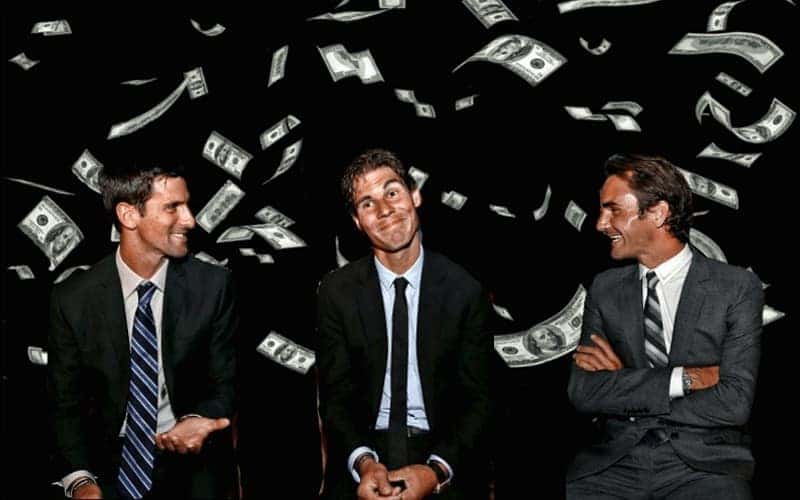I became curious about how high a player needs to be up the rankings to make a living. I know a guy in the 200's who can't make ends meet. I also meet a player 10 years ago who also hovered between the 200's and 300's for 7 years. In the end he quit trying to make it as a tennis player but during those 7 years ran up losses of around $500,000. His sponsor picked up the tab.
I came across this article about what a player can expect to earn on the tour. It's revealing. You really need to be within the 104 players in the world to have a chance to make real money. It's clearly not easy making a living as a tennis player.
I came across this article about what a player can expect to earn on the tour. It's revealing. You really need to be within the 104 players in the world to have a chance to make real money. It's clearly not easy making a living as a tennis player.




Comment